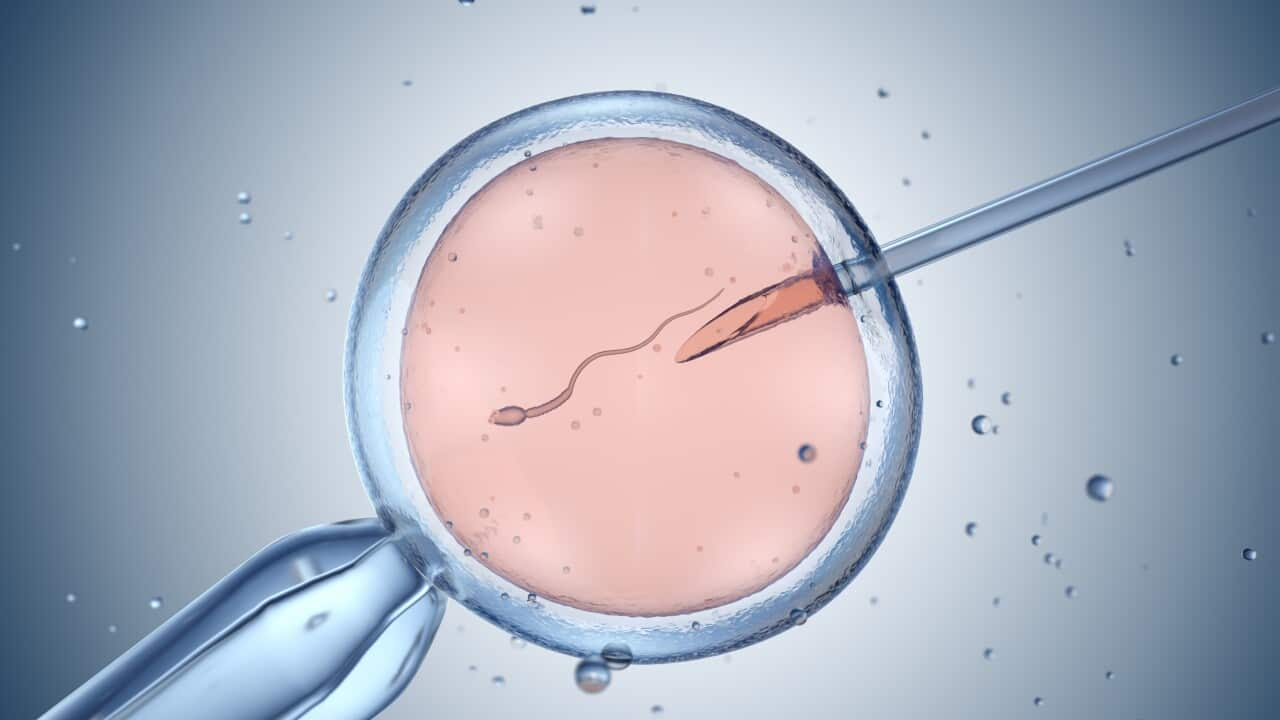New national guidelines to help clinicians manage male infertility will improve care and support for men facing fertility challenges, experts say.
While only eight to nine per cent of men experience infertility, male factors contribute to half of all infertility cases, and in 20 to 30 per cent of cases, male infertility is the sole barrier to pregnancy worldwide.
The guidelines, published in the Medical Journal of Australia, outline key steps in evaluating male fertility.
These include taking a detailed reproductive and medical history, conducting a physical examination, performing semen analysis, and coordinating assessment with the female partner.
Developed by an international panel of experts from universities and health clinics, the guidelines were adapted from European and United States recommendations to suit the Australian context.
Liza O'Donnell, a panel member and a senior research scientist from Griffith University, specialising in reproductive health, said the guidelines were tailored to reflect current clinical practice, including routine tests and services available under Medicare.
"It was really adapting it [guidelines] to what clinicians encounter when they're in their office and when a man comes to see them," she told SBS News.
Guidelines shift the focus from women to men
O'Donnell said the guidelines would "really" impact the narrative that "infertility is a women's issue".
"In fact, that's one of the biggest things that's coming out about these guidelines," she said.
One of the first recommendations states both men and women with suspected infertility should be examined simultaneously, though not necessarily by the same doctor.
"It's often the woman [who] goes to the doctor, gets a lot of tests done, and then at the end, when they can't find anything wrong with her, someone thinks to check the man, and he doesn't have any sperm," she said.
"So that woman has been subjected to a lot of unnecessary testing and delays in finding the cause of the couple's infertility."
O'Donnell said the guidelines would ensure men with fertility issues are brought up much earlier in the screening process, and that could potentially change the treatment course for affected couples.
Factors affecting male infertility
O'Donnell said there are factors that contribute to lower sperm count in men.
Other than not maintaining a healthy lifestyle or weight, sperm production lowers when the testes are not two degrees lower than the rest of the body.
She recommends wearing loose-fitting clothing, avoiding prolonged sitting in saunas, and not placing laptops directly on the lap to help maintain optimal testicular temperature.
She also notes paternal age plays a role.
"Similar to older women, men over the age of 40 have an increased risk of having children with certain genetic disorders."
Share



